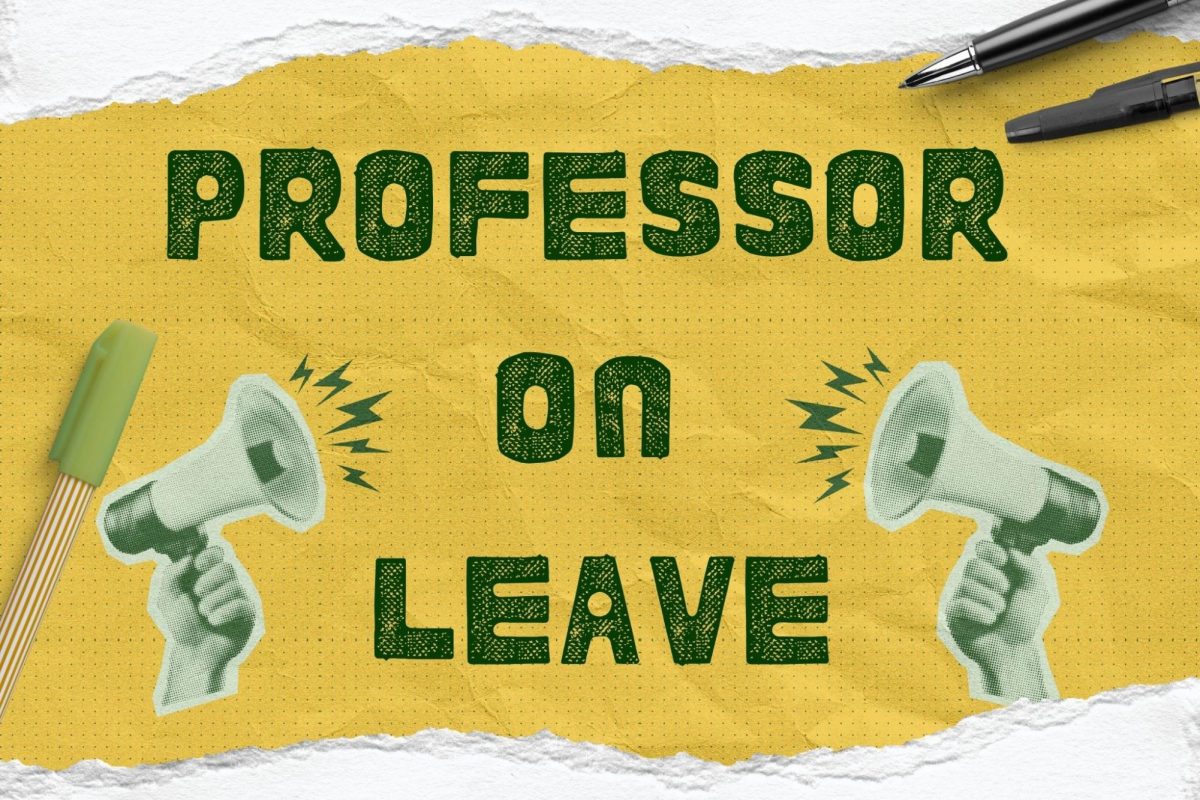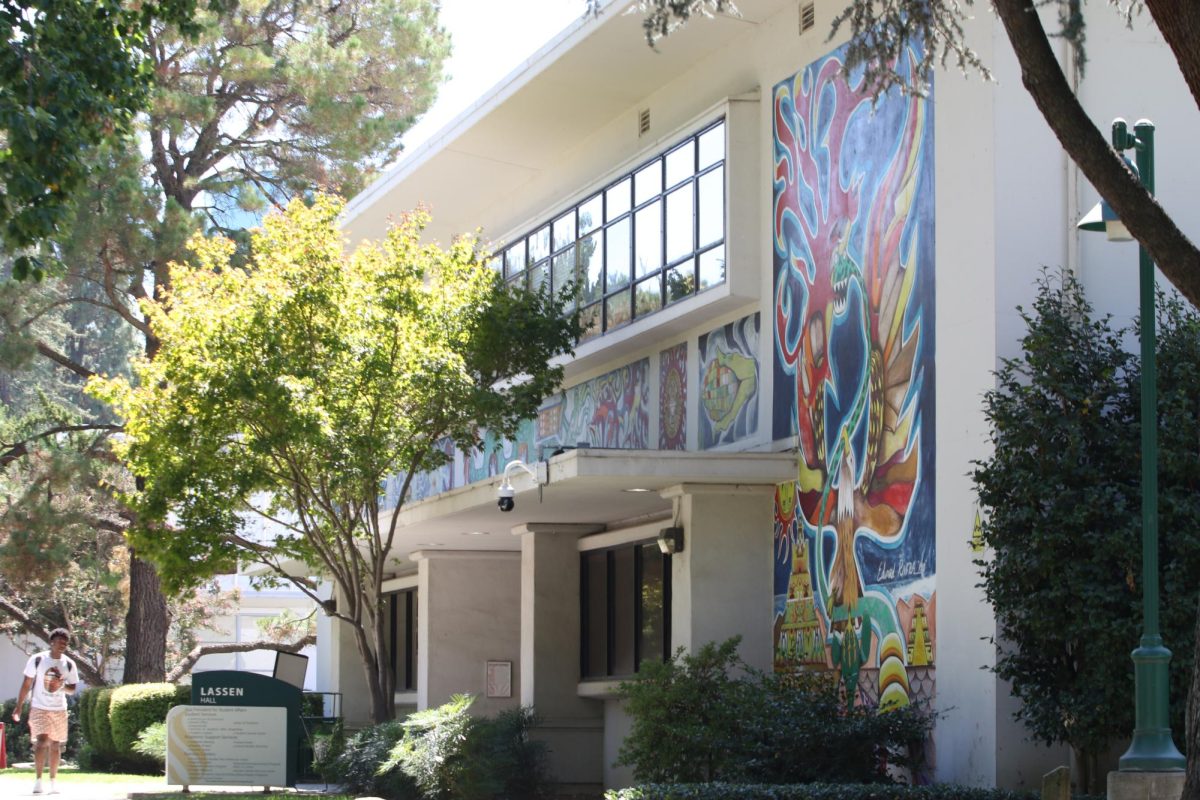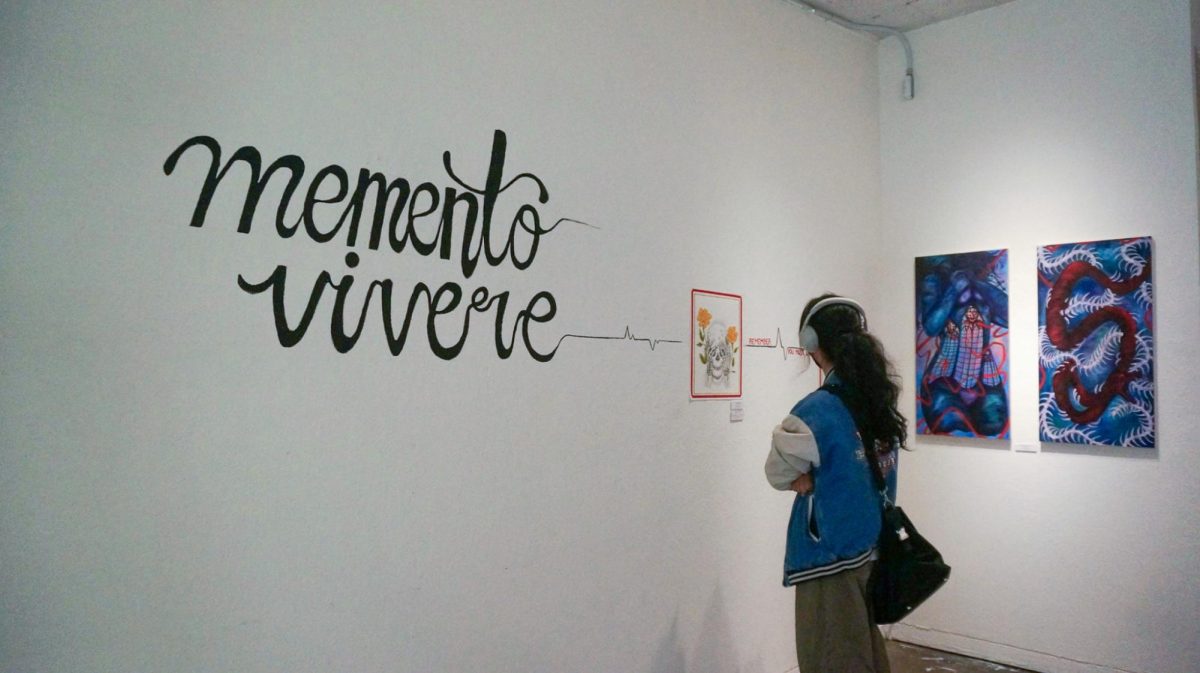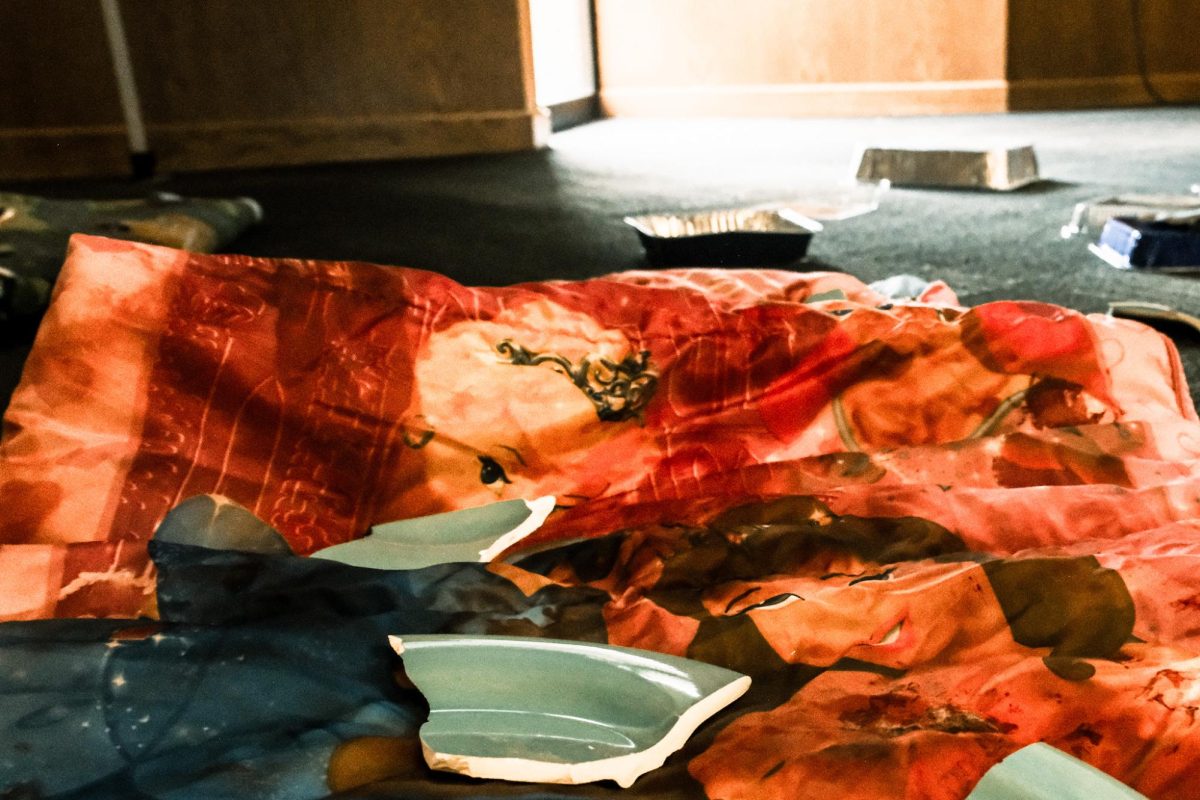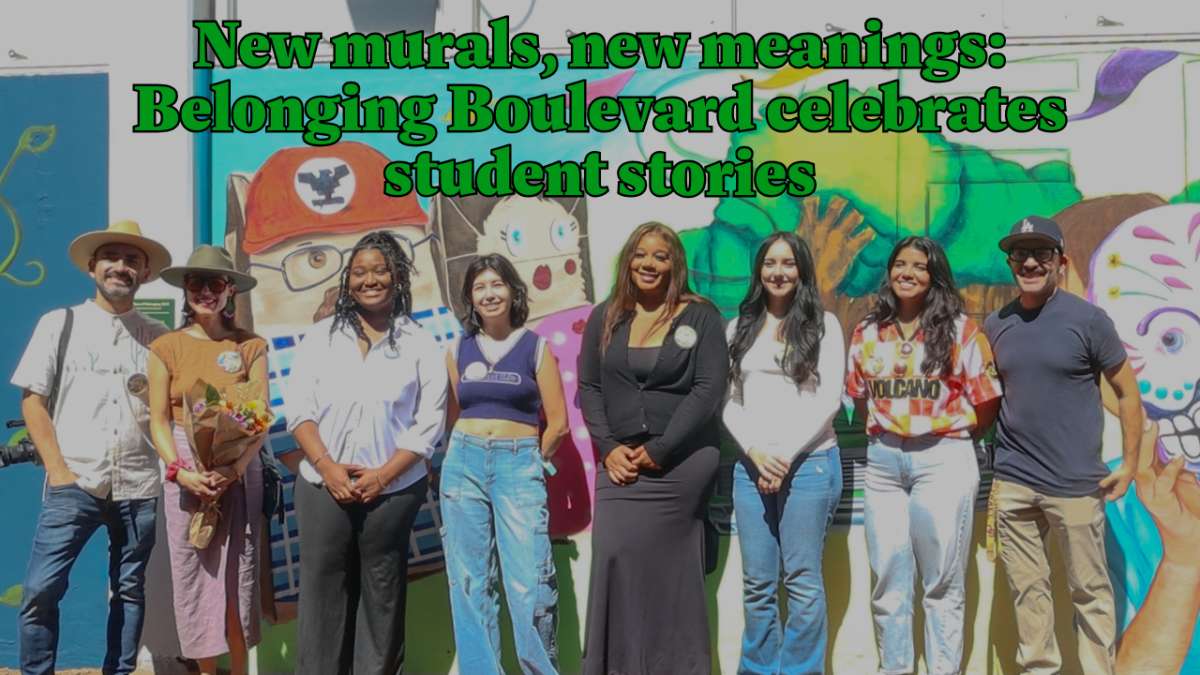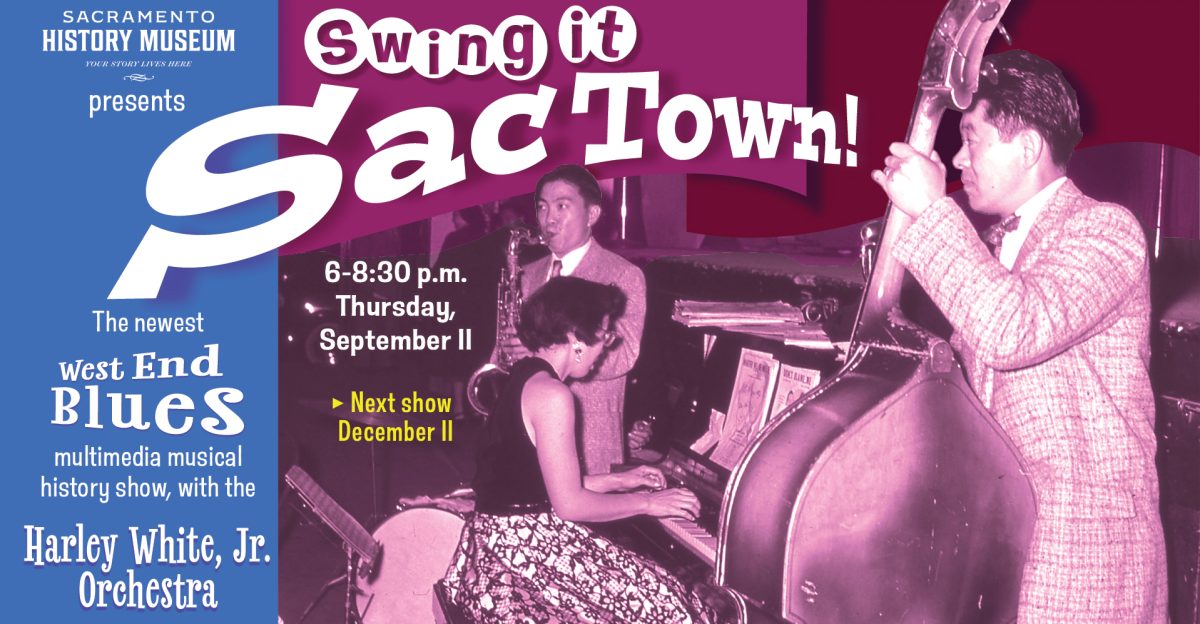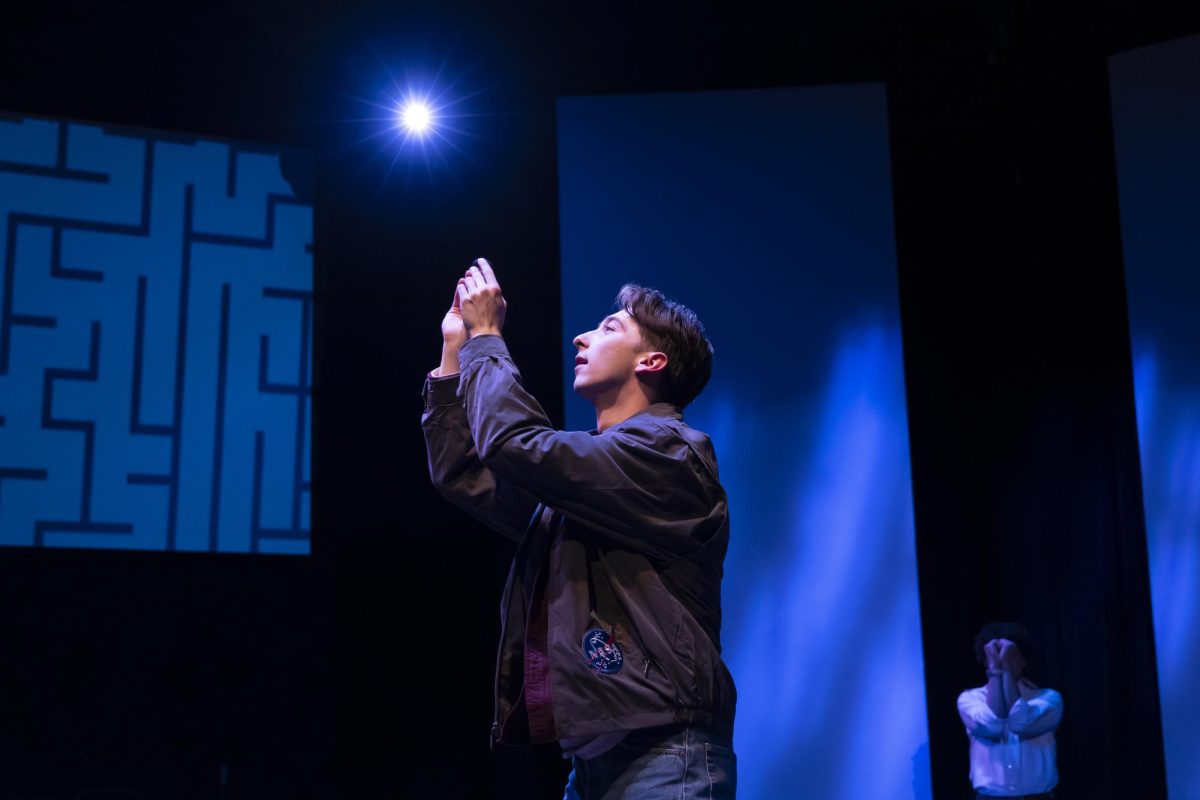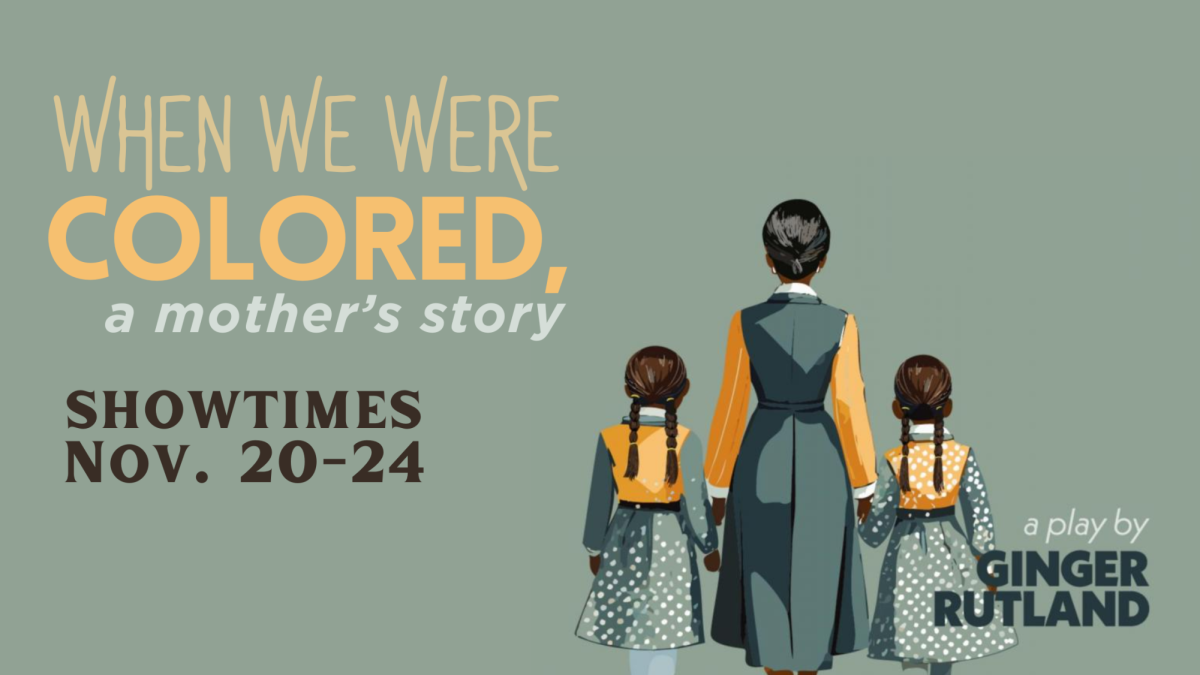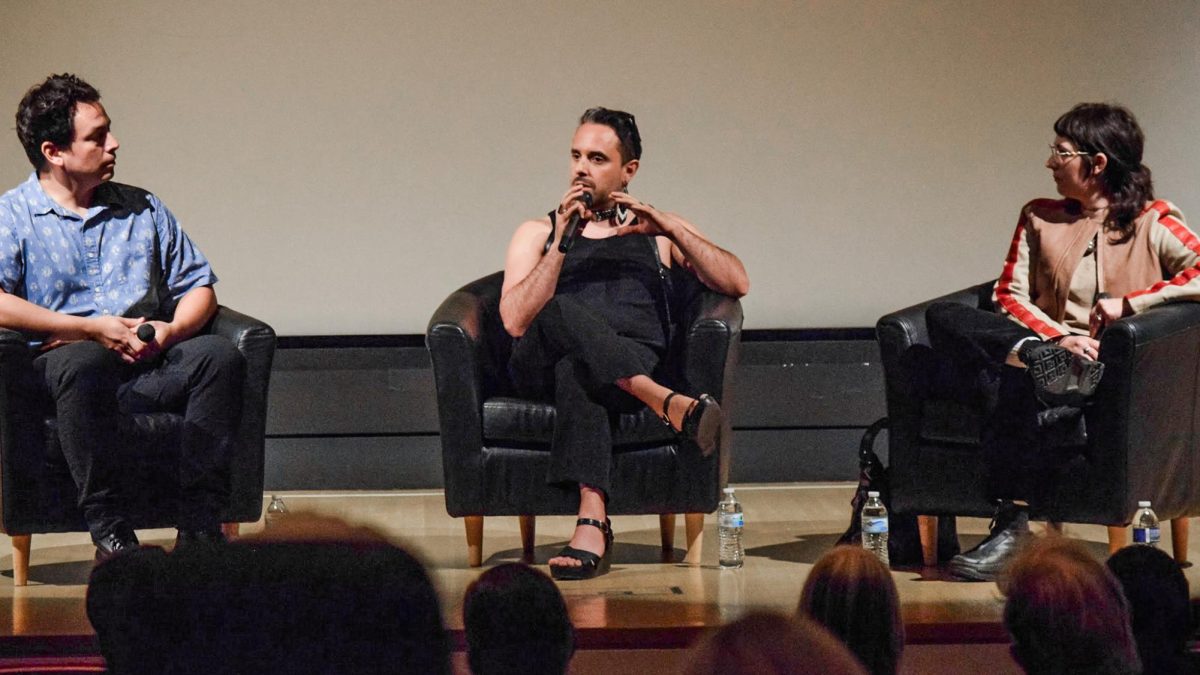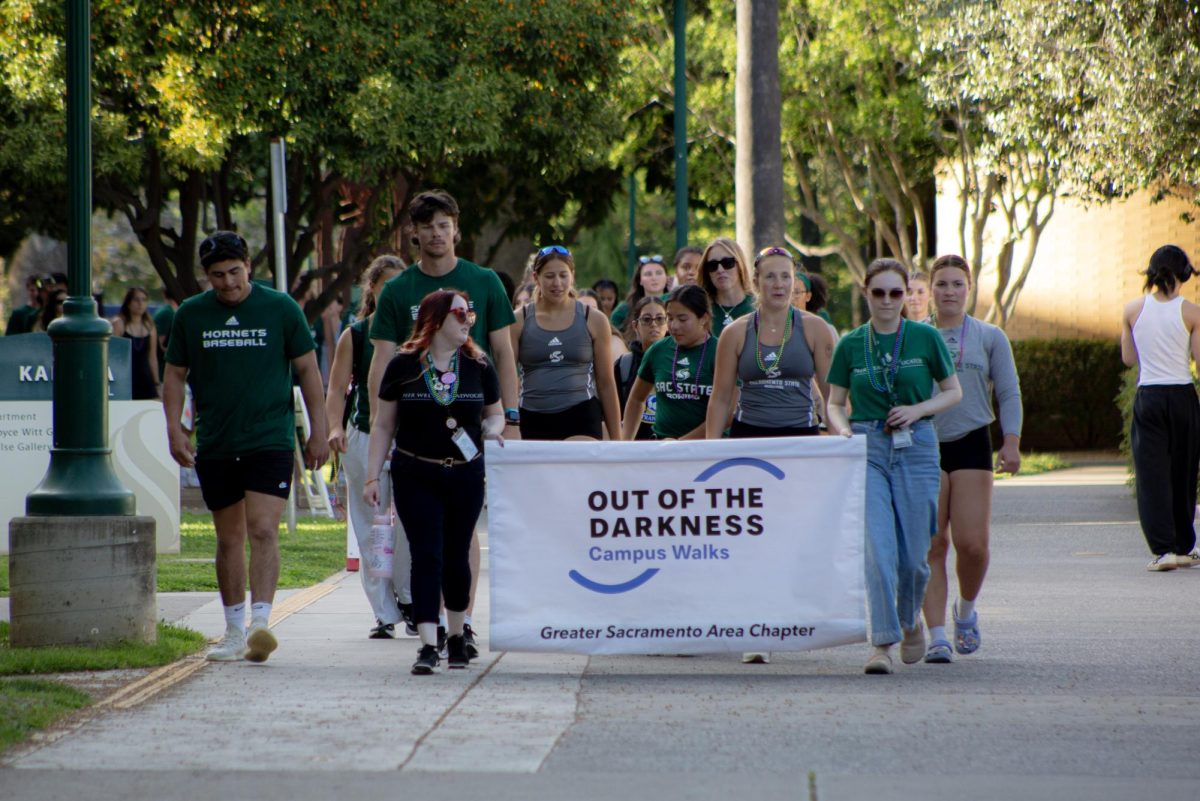Sculptor sticks his tongue out
February 1, 2006
Art is often viewed as a relative term. One person’s garbage is likely someone else’s masterpiece. A great number of people recognize the creative genius of historically respected artists such as Vincent Van Gogh and Pablo Picasso. Yet, many of the same people that recognize the greatness associated with those names, will huff at the artistic merit of Van Gogh’s swirling “Starry Night” or Picasso’s strangely angular “L’Accordeoniste.”
Even though the greatest creative minds often have their detractors, and gain the lion’s share of their acclaim post-mortem, few can argue that great art projects undeniable beauty reflected by the life it represents. Robert Morrison, a well-respected modern sculptor of nearly 50 years experience, has the work and the stories to back that notion.
Morrison’s “Tongues: The Half-Life of Morphine and Lepidopterous Shame” as well as “Dressed to the Nines” will be on display on Today to Feb. 11 at the University Library Gallery. The exhibit was previously open Dec. 2 until Dec. 22.
Morrison’s work consists of an arranged pattern of replicated steel cots and pillows. The scene is eerily reminiscent of a wartime triage facility. Strange high-pitched noises are emitted from the cots, reinforcing the illusion. The entire presentation is designed to leave the viewer unsettled, mesmerized.
Morrison, a professor of art at the University of Nevada, Reno, who specializes in modern sculpture, earned his master’s degree in Art from Stanford University in 1986. His works are often biographical in nature, simple in form and complex in presentation.
While Morrison’s use of steel, fiberglass and other modern materials isn’t unprecedented, his use of sound to bring aural stimulation into his works is more than slightly avant-garde.
In referencing an age-old adage, “Tongues” is definitely a case of art imitating life. Morrison came up with the concept of “Tongues” while bed-bound after a horrific windsurfing accident that left one of his legs completely shattered and in need of a bone graph. Morrison lay in a hospital bed for weeks, dazed, and with senses blurred from the morphine he was administered for the searing pain. He used the cold institutional surroundings as well as the strange sounds of the hospital machinery to conceive what is his most well received work.
The personal and aural aspects of Morrison’s works are the key reasons Sac State Art Gallery Director, Phil Hitchcock believes they are unique to their creator.
“I think a lot of people define space with color, form and shape,” Hitchcock said. “He defines space with sound.”
Other works of Morrison include the “Mumbles” collection, which is a group of aural-based presentations as well as O’Coeur, which uses water as well as light to evoke imagery that plays with Morrison’s feelings about the inevitability of death.
The personal aspect of Morrison’s work, while being a characteristic of art universally shared in all its mediums, is part of what Hitchcock said he believes is interesting about Morrison’s works.
“You create through a place you’re familiar with,” Hitchcock said. “It’s kind of like getting tattoos. They’re personal to you.”
Aubrey Henry can be reached at [email protected]









